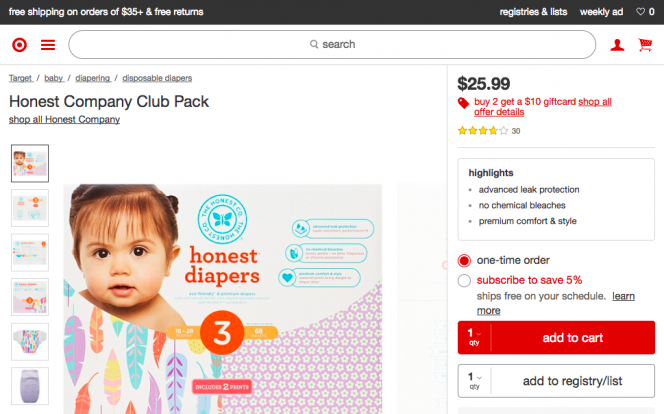Orders in WooCommerce create a lot data in the postmeta table. There’s the standard WooCommerce fields (like _order_key, _cart_hash, _billing_first_name, etc.), but payment gateway plugins, marketing integrations, and other WooCommerce plugins also generate their own metadata. It’s not unusual to see more than 60 rows of metadata for each order.
I recommend the Post Meta Inspector to easily view all the metadata on any order or post. You may be surprised how much there is!
If you run subscriptions on your site and generate a lot of renewals, WooCommerce Subscriptions may be creating a lot of unneeded metadata due to how subscriptions and renewal orders are generated. This can cause your database to grow really quickly.
Continue reading


